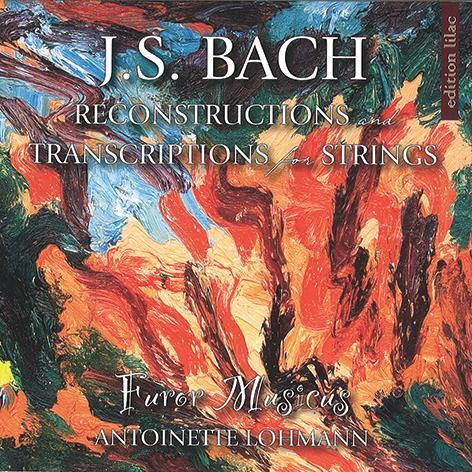
The Strad Issue: January 2010
Musicians: Josephine van Lier (cellos)
Composer: Bach
The countless available recordings of Bach’s Cello Suites cater for a wide divergence of tastes, developed by not only the variety of performing approaches employed but also the widely differing personalities of the artists involved. Josephine van Lier’s individual marker involves her playing four different cellos: a c.1870 Mirecourt instrument in modern set-up for nos.1 and 4, a reproduction Baroque cello for no.2, a modern carbon-fibre model for no.3, all three instruments in separate accounts of no.5, and a reproduction five-string violoncello piccolo for no.6.
Although clearly a versatile cellist, van Lier seems happiest playing her ‘modern’ French instrument. Her accounts of Suites nos.1, 4, and 5 on this cello demonstrate much rhetorical freedom, and their telling blend of phrasal individuality makes a strong impression, particularly in the expansive Prelude and contemplative Sarabande of no.1, the Sarabande and Bourrées of no.4, and the poised Allemande and slow, haunting Sarabande of no.5. She describes her Baroque cello in the booklet as ‘an entirely different beast… much less predictable’ and claims that ‘Baroque instruments sound indeed a little out of tune’. Regrettably, her assertions are reflected in her performances on this instrument, particularly in the Prelude of no.2, its Menuets’ demanding shifts, and its final Gigue. Her pensive, flexible accounts of the Allemande and Sarabande of no.2 are notable redeeming features. She also exercises more caution in her account of no.5 on Baroque cello, playing the fast movements significantly more slowly. Her violoncello piccolo reading of no.6 seems over-cautious, too, yet has its intonation problems; nevertheless, her Sarabande and both Gavottes display considerable imagination and variety of timbre.
In truth, these full-bodied, resonant recordings nullify van Lier’s attempts to contrast fully the ‘modern’ Mirecourt cello and the carbon-fibre instrument, although one can tell that the tone of the latter sounds thinner and less rounded and characterful.
ROBIN STOWELL
































No comments yet